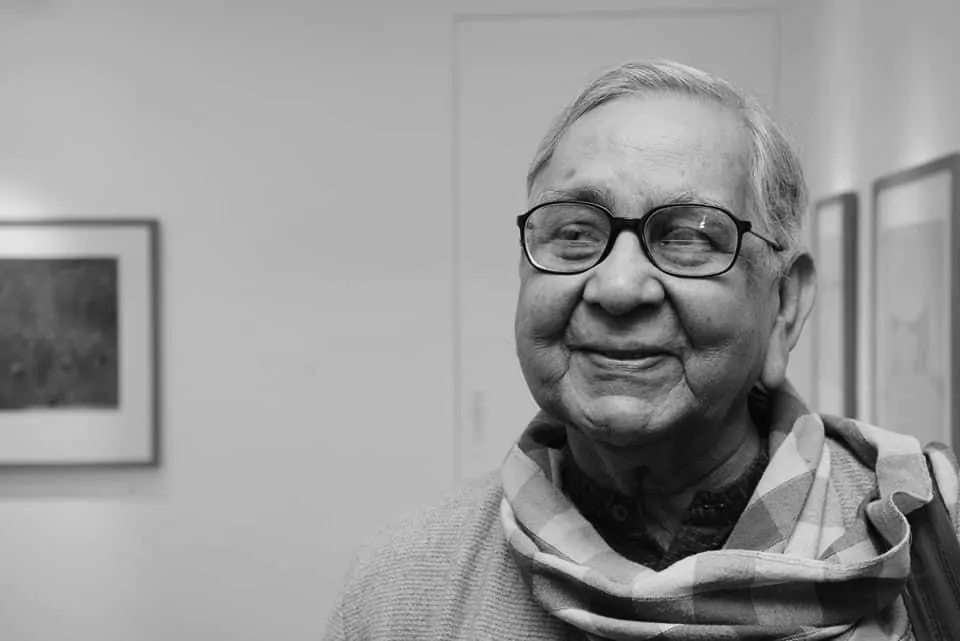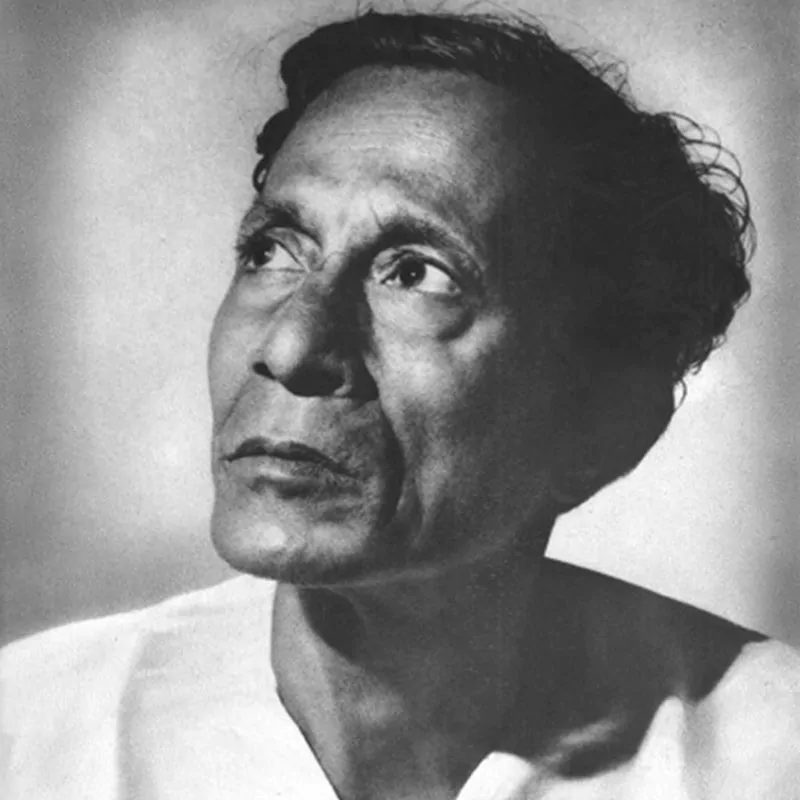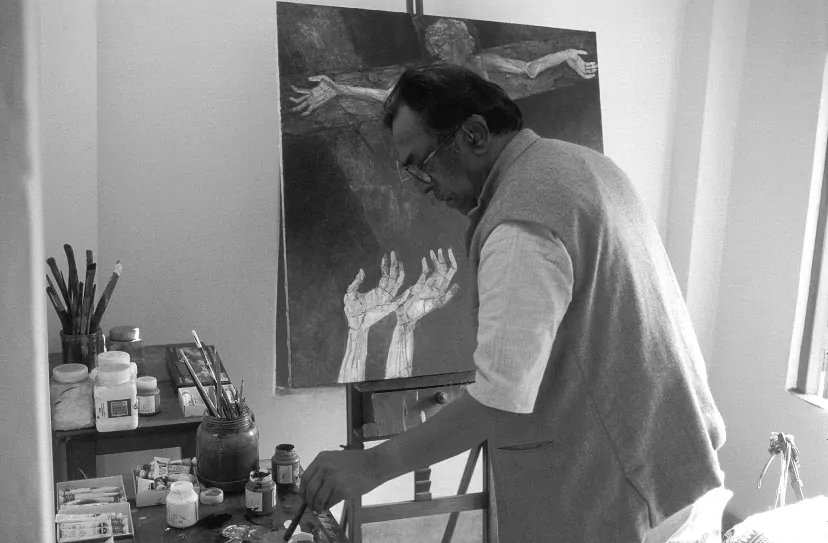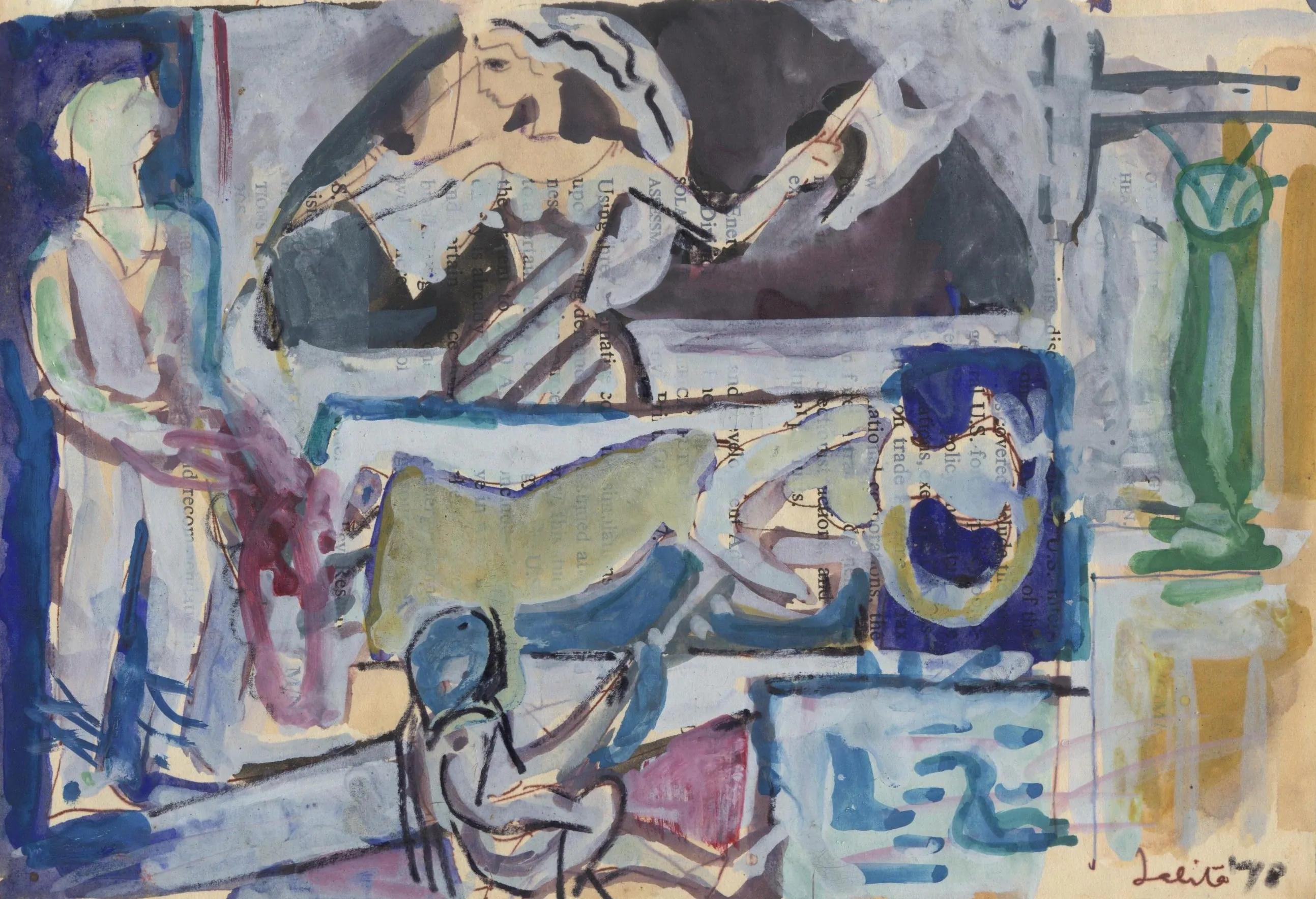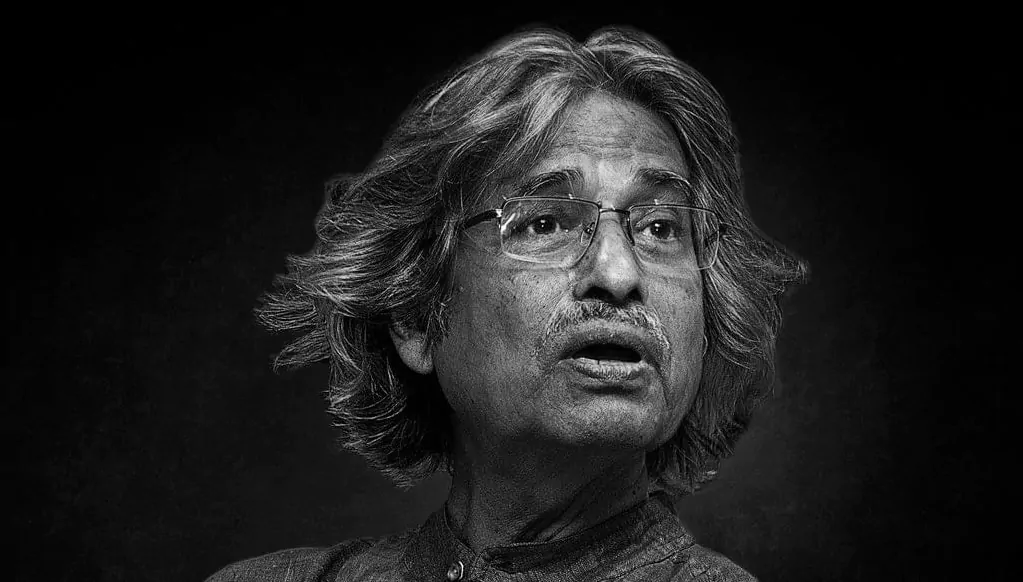The Art of Kalighat: The Threshold of Modernity.
There is an inextricable romance tied up with art in India in the early 20th century. Among the front ranking provinces of a colonized nation, Bengal became the epicentre of the tensions & dichotomies of a nascent Nationalism. On the most obvious level,the province demonstrated the need to counter the imperial British presence. This is sought with an assertion of an Indian identity in the constructing of Swadeshi,as much as in the need to modernize & to locate India among the comity of nations. This forward-backward pull in the political sphere made for a slew of contradictions & for a critical period of transition. Inevitably, the art of the period in different centres reflects these conflicts & tensions. The usual readings of modernity in Indian art are located in the introduction of oil painting & the western academic style that reached an apogee of acceptability in Raja Ravi Varma(1848-1906). However, the spirit of modernity in its unselfconscious critique of a growing urbanism & in its fluid influence on popular taste was demonstrated in the late 19th century in the art of Kalighat. Ideally, Kalighat painting should be seen in close conjunction with what is generically described as Early Bengal painting. This phase of painting initiated in the 19th century reflects the untutored efforts of the unidentified Indian artist to adapt the foreign medium of oil painting to the Indian mythic subject. One of its leading features is that it falls outside the Company School,which had an affinity for ethnographic & caste studies. By way of contrast Puranic narratives were a mainstay of the Early Bengal style. Early Bengal art explored the possibilities of translating the religious mythic subject as painted in tempera into the new,luminous medium of oil. In the movement from a traditional practice to an unguided & relatively liberal framework,some changes take place that make for both optical distortion & a free play of the interpretation of myth. By the way of contrast, in Kalighat painting, the idiom of a nascent modernity is more stylistically refined & developed. Kalighat as a body of work is highly attitudinal. From the late 19th century, it appropriated itself the role of social documentation & critique. Its choices of images could be journalistic & occasionally risque. Kalighat painting placed divinities & the slightly ridiculous Bengali Babu on the same footing. It represented Puranic myths,folk adages & the leading scandals of the time without any overt sense of hierarchical value. Like the prints of Battala & Chitpur, its role was as much to edify as to entertain its patron. In the corpus of 19th & early 20th century art,Kalighat also presented the woman as a sexual object for visual consumption. The social & cultural elements that fed into the making of Kalighat painting were numerous. It drew from jatra(street theatre),swang(pantomime), khemta(a form of popular dance), kobiwalla(poetry) & padavali kirtan(devotional singing). The other leading influence was of women appearing in theatre as actresses for the first time. Usually described as a courtesan,the plump & sensuous nayika of Kalighat is painted in highly mannered postures as she looks into a mirror,combs her hair or smells a rose. The significant contribution of the Kalighat artists is that he allows the subject to engage directly with the viewer in an engaging gaze. This makes a strong shift from the numerous nayika’s in the miniature tradition,who are oblivious to the viewer who looks in on their private acts of bathing,having their hair combed & so on. It marks a distinct social shift in the social status of the Nayika,from the courtly to the common. In comparison to the large corpus of Indian art,Kalighat is both secular & common.Kalighat’s significant contribution is that it convincingly negotiates a space for the new patron of art. It is a space that marks the easy overlap of the sacred & the sexual image, that evokes for the first time the city as subject & which pushes for new modes of image construction in the corpus of Indian art history.The contribution of Kalighat in the 20th century lies as much in its own intrinsic values as in its position as a model of ecleticism for contemporary art. Vinayak Pasricha.








